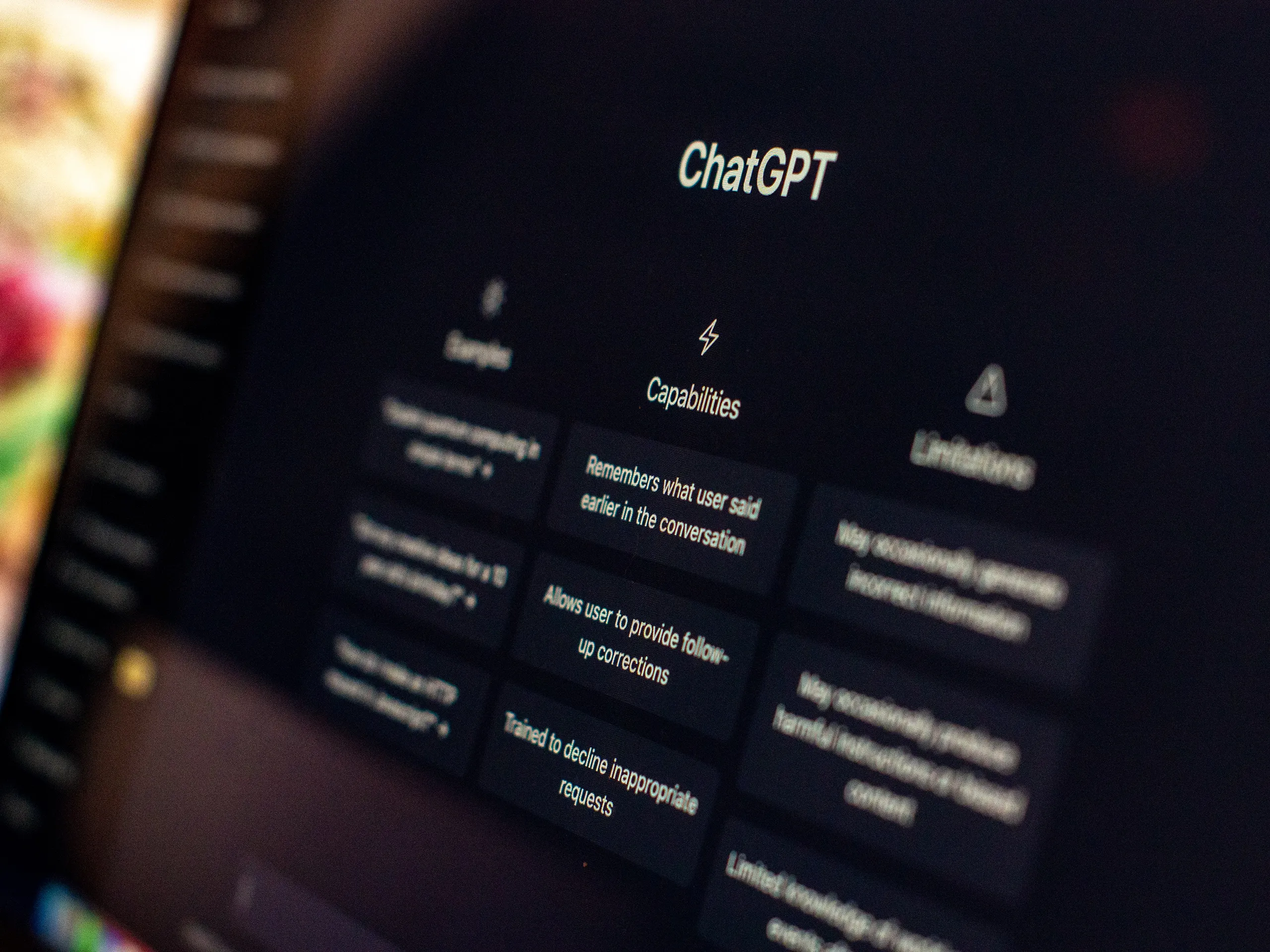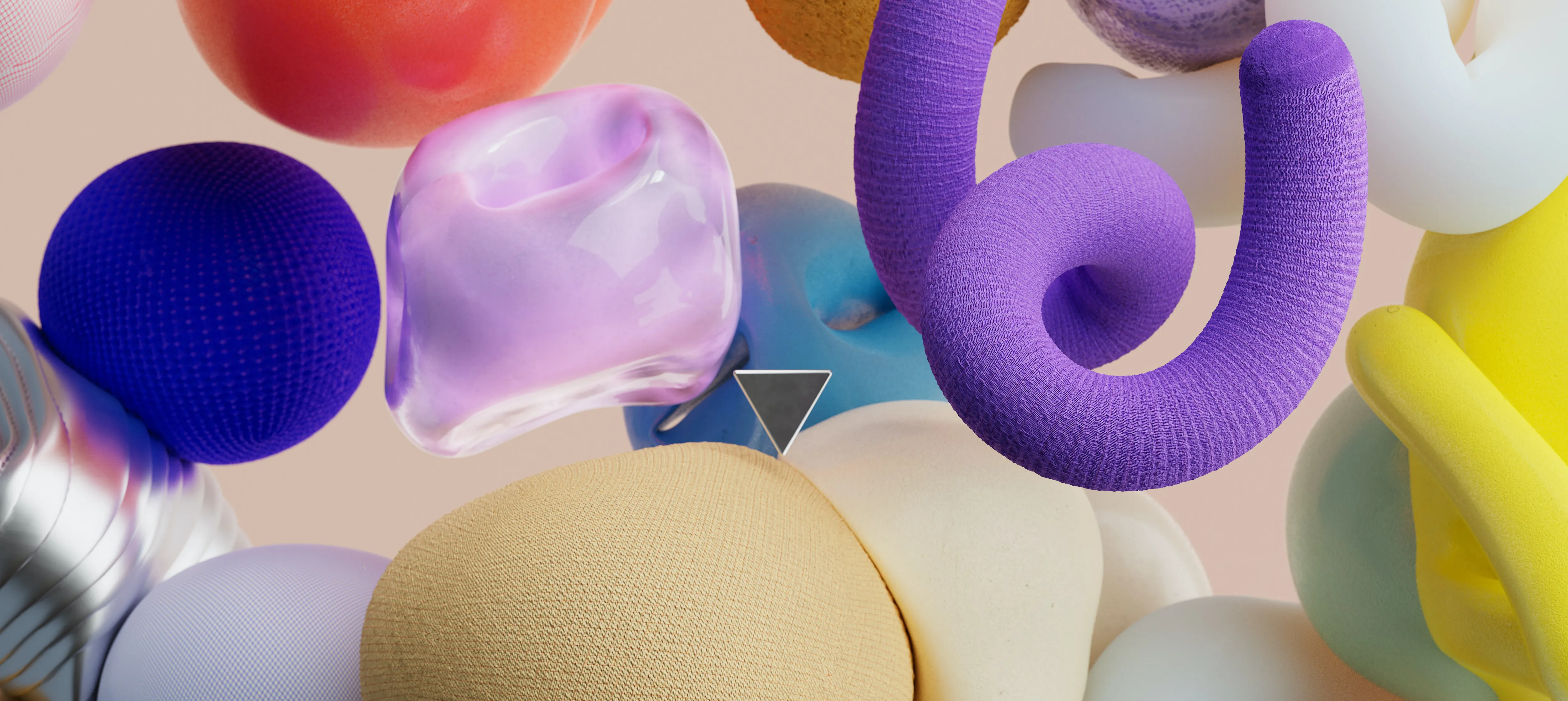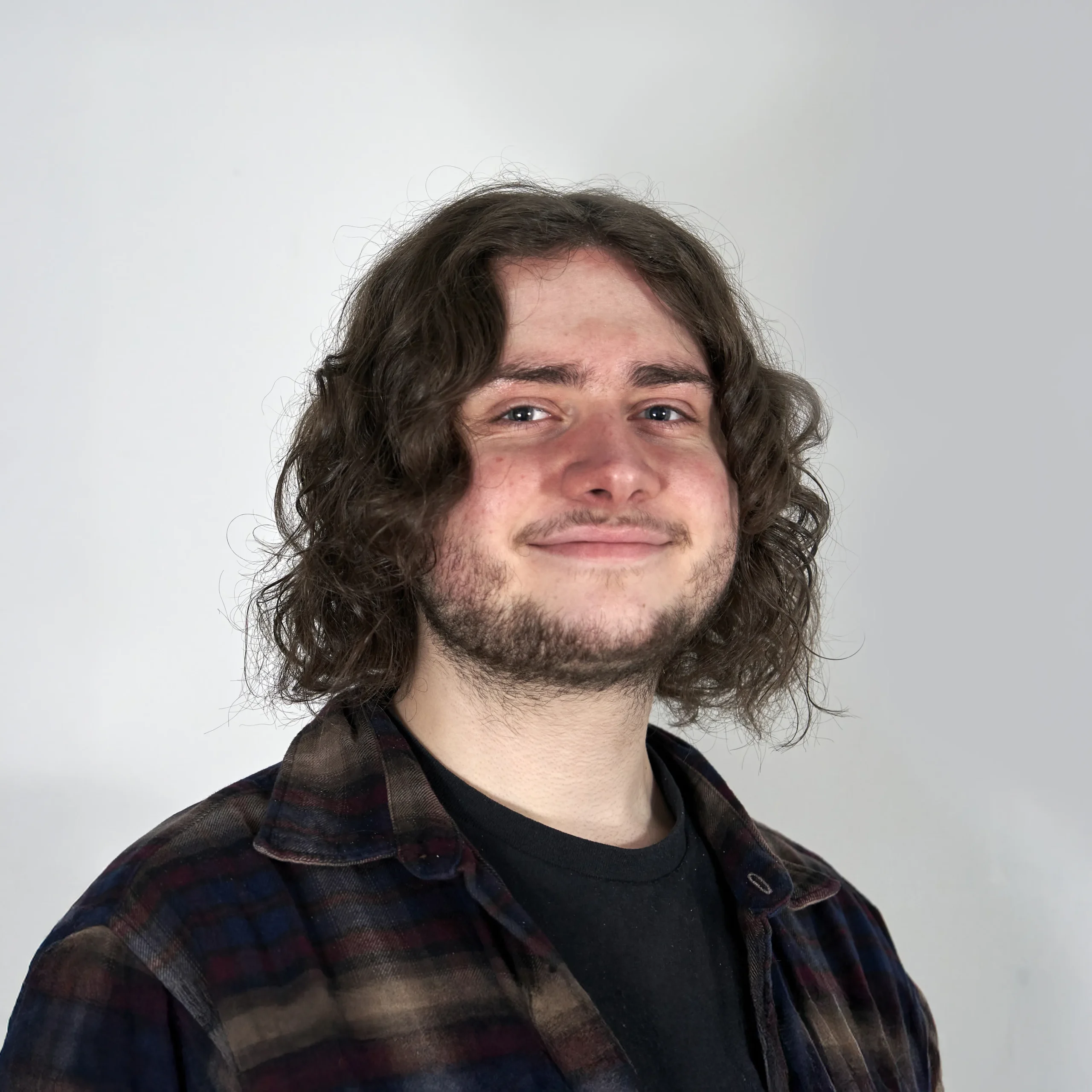“Roko’s Basilisk” is a popular thought experiment. It proposes a hypothetical situation in which an all-knowing, all-powerful. An evil artificial intelligence comes into power in the future. It may want to destroy every human who didn’t contribute to its creation. The question arises. Should you prevent AI’s progression to delay its potential destruction or contribute to ensure your safety?
Remember, it’s just a thought experiment and doesn’t require life-changing decisions. However, it does raise important questions about the current use of AI in our world. Is the use of AI today contributing to the creation of Roko’s Basilisk? AI is becoming increasingly prevalent and powerful with each passing day. For instance, that AI-generated YouTube thumbnail you created – could it be a stepping stone towards omnipotent AI? Nevertheless, instead of worrying about the hypothetical implications of your answer, you should focus on the real effects of AI’s use, such as taking jobs away from creatives.
Writing this article presents an opportunity to discuss the ongoing conversation that is shattering the foundations of every creative industry. Is using AI unethical? Does it have any place in the workplace? Is AI killing art?
The answers to these questions are sometimes, possibly, and no. Here’s why:
Is AI unethical?
When discussing AI-generated imagery, many people argue that it creates something from nothing. However, in reality, it is making something from everything. This is not the same logic as “all music is influenced by other music.” Instead, it aligns more with the ongoing replacement of workers by automation. Some early proponents of AI have made the dangerous claim that there is no longer a need for artists, graphic designers and other creative professionals. These threats are based on the theft of artistic style without any of the reasoning behind it. This creates a shallow imitation, a soulless doppelganger of the human experience that is the creation of art.


